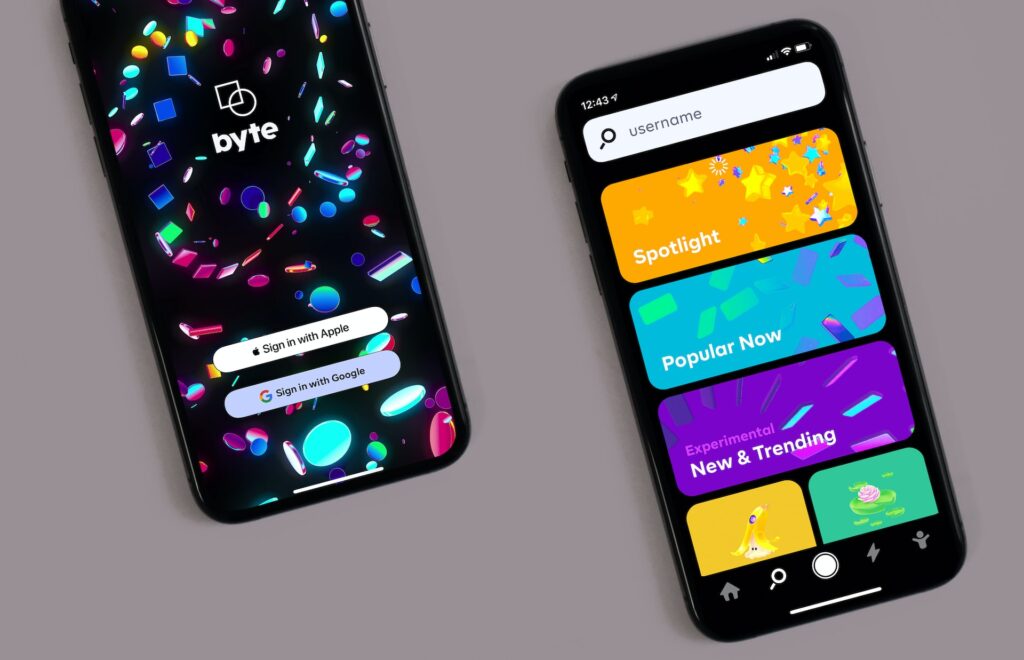Immersive UI: Delivering a Authentic Digital Experience
There is little doubt that because designers today are deeply committed to advocating for user needs, User Experience is paramount in the quest for the ideal digital environment. For a brand to make a truly authentic connection to a user, it must extend many aspects of its persona throughout the digital experience. From initial perceptions to emotions and behavioral responses – the more connective the experience is, the deeper the loyalty between and brand and the user will be. Forging these connections through a screen can be a challenge, even more so as mobile usage continues to rise. It’s now more important than ever to deliver an interface design that captures the true experience of the brand it represents.
By using a combination of visual, contextual, graphic and textual elements – a brand can make digital connections like never before.
Leveraging new developments in interactivity and design techniques, a website can now be an immersive experience – leading users to faster conversion and higher engagement. Interactivity and animation will take visuals to the next level of engagement. When the user is entertained, they are much more likely to listen and want to learn more. An interactive site means anything and everything, from contests to displaying products in a way that encourages or even requires visitors to click on certain categories. By displaying products in an interactive way rather than just pictures, you are more likely to engage visitors. A great example of this method is parallax scrolling.

With the addition of video features, users can immediately feel they have ‘jumped into’ the content. Analytics show that the presence of a video, as opposed to static image or text alone, can increase engagement by at least 200 percent. The long-term memory retains moving visuals because of connection. If that connection is made with the user, they are more likely to retain and engage long-term.
Visual storytelling, when implemented well, can attract users in a powerful way and creates a level of connection and intrigue that no other technique can achieve. Visual stories, as opposed to static content, are interactive and get people to commit themselves to a brand. The imagery and content used, however, must be highly curated and well crafted – stock imagery and bad copywriting will always fail. There are several effective platforms to apply visual storytelling in the digital environment such as typography, sound, video and interactivity.
For an immediate infusion of experience, the implementation of oversized images (often called mega images) on the main page of a site provides an immersive experience to the user. When placed and curated properly, these images create an instant connection to the information on the page and illuminate the content. Even static, still oversized images have a life-like, immersive quality. Choosing an image relevant to the brand or illuminates the lifestyle it creates is critical to ensuring a user connection.
Delivering a personalized experience is perhaps one of the most sustainable experiential branding/marketing approaches. This is best achieved through a deep understanding of the site’s user. As much as personalization is a data-driven activity, understanding the core user can provide insight into the content, visuals and calls to action that are the most useful and intuitive for the user.
An organization or brand must work closely with its designer to communicate its core values. The content and design teams are tasked with illuminating this information through visual communication methods that deliver the needed information to the user and allow them the opportunity to feel as if they are a part of the organization.
Related Articles
Navigating the Design of Input Controls in UI
January 6, 2024
UI Signifiers in Website Design
January 5, 2024



